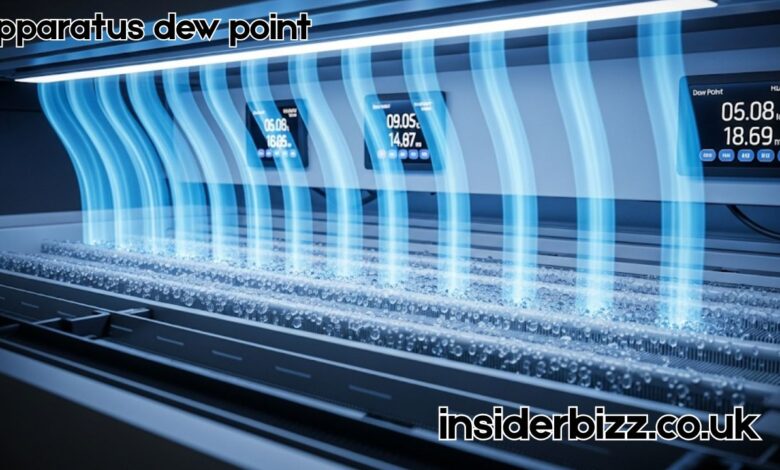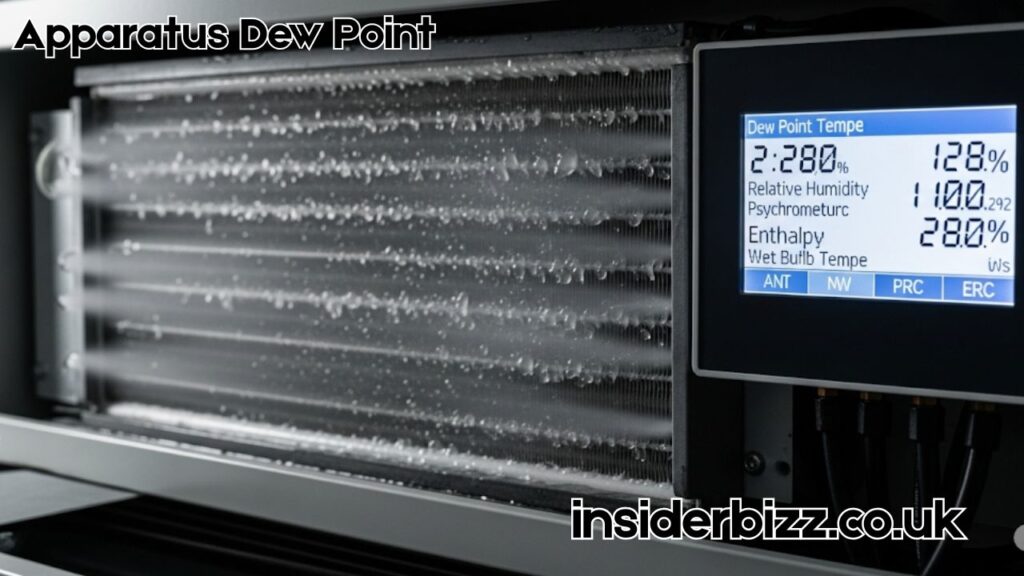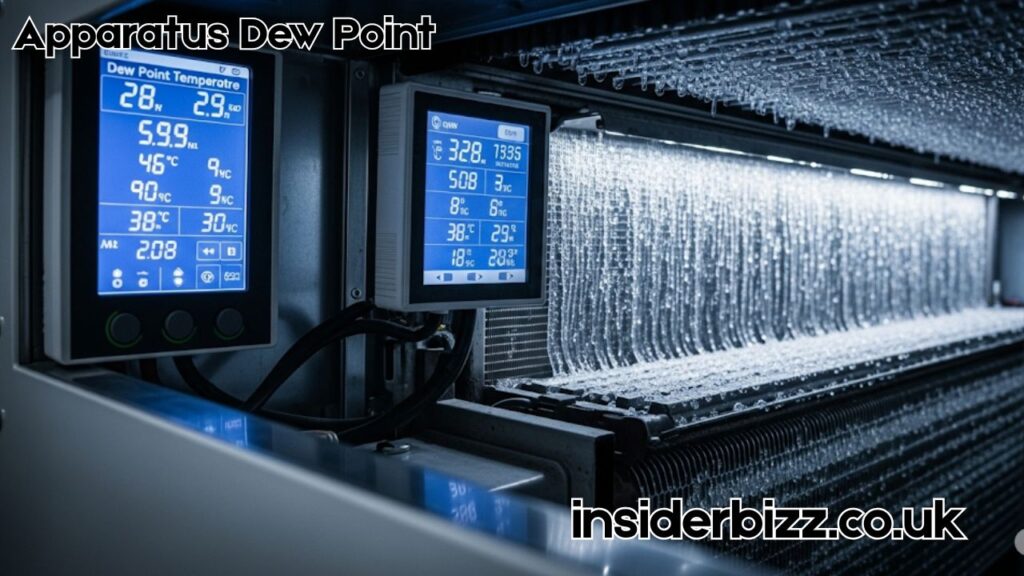
Apparatus Dew Point: Understanding Its Role in Air Systems and Humidity Control
What Is Apparatus Dew Point?
The term apparatus dew point describes the temperature at which air becomes saturated with moisture and begins to condense inside a mechanical or air-handling system. Unlike general atmospheric dew point, which refers to outdoor or room-level air moisture saturation, apparatus dew point focuses specifically on what occurs within controlled systems like air conditioners, HVAC units, or dehumidifiers. As air cools down inside these machines, it reaches a point where it can no longer hold all its moisture, and that is known as the apparatus dew point.
Apparatus Dew Point in HVAC Systems

One of the most important applications of apparatus dew point is in heating, ventilation, and air conditioning (HVAC) technology. In HVAC systems, especially those designed for precision cooling or dehumidification, determining the apparatus dew point ensures optimal performance. Engineers and technicians use this value to predict when and where condensation will occur, allowing them to prevent issues such as excess water accumulation, mold growth, or inefficient airflow.
The apparatus dew point is particularly relevant in air handling units, where moist air passes over cold coils. If the temperature of the coil is below the apparatus dew point, moisture from the air condenses onto the coil surface. This is a standard process in dehumidification systems but must be managed carefully to maintain system efficiency and prevent damage.
How Is Apparatus Dew Point Calculated?
Calculating the apparatus dew point involves measuring dry-bulb temperature, wet-bulb temperature, and relative humidity inside the system. With these measurements, psychrometric charts or digital analyzers help identify the point at which condensation will form. Since the environment inside HVAC systems is different from ambient conditions, the apparatus dew point is often lower than the atmospheric dew point outside the system.
This calculation is essential for energy conservation. When a system cools air just to the right apparatus dew point, it prevents overcooling and minimizes energy use while still removing enough moisture to keep indoor air comfortable and safe.
Industrial Relevance of Apparatus Dew Point
Beyond residential and commercial buildings, apparatus dew point plays a major role in various industrial sectors. In pharmaceutical manufacturing, food preservation, semiconductor fabrication, and data centers, humidity control is mission-critical. Systems in these facilities are designed to operate near precise apparatus dew points to avoid product degradation or equipment failure.
For instance, in cold storage warehouses, maintaining the correct apparatus dew point helps avoid frost buildup on cooling coils. In cleanrooms or labs, keeping humidity under control ensures that delicate processes are not affected by moisture variations.
Apparatus Dew Point and Energy Efficiency
One overlooked advantage of understanding apparatus dew point is improved energy efficiency. Cooling air below its apparatus dew point requires energy, so knowing exactly when and where that point occurs lets engineers minimize cooling loads. Systems can be designed or tuned to remove only as much moisture as needed, reducing wear and tear and lowering utility costs.
This value is especially useful in modern smart buildings, where automated systems monitor conditions in real-time. Sensors detect changes in temperature and humidity, and use the data to adjust settings to stay just below the apparatus dew point, optimizing both comfort and efficiency.
Challenges in Managing Apparatus Dew Point

Despite its benefits, managing the apparatus dew point can be complex. In variable environments where air temperature and humidity change rapidly, such as kitchens, gyms, or production floors, maintaining stable apparatus dew points becomes harder. If a system isn’t properly calibrated, it might either fail to dehumidify adequately or waste energy by overcooling.
To address these challenges, advanced HVAC systems incorporate variable-speed fans, modulating coils, and predictive algorithms. These tools help maintain consistent apparatus dew point control even under fluctuating conditions, ensuring comfort and performance without compromising efficiency.
Summary and Takeaway
The apparatus dew point is a specialized but crucial concept in the design and operation of modern mechanical air systems. It helps define the threshold where moisture starts to condense inside equipment, guiding engineers in designing systems that are both effective and energy-efficient. Whether in a commercial HVAC setup, a pharmaceutical facility, or a precision lab, controlling the apparatus dew point directly influences the environment’s safety, efficiency, and comfort.
By incorporating sensors, smart controls, and psychrometric understanding, modern systems continue to evolve in their ability to monitor and maintain the ideal apparatus dew point under a wide variety of operating conditions.
Also Read: Aparna Krishnan, ?? – Exploring the Journey, Work, and Vision of Aparna Krishnan



